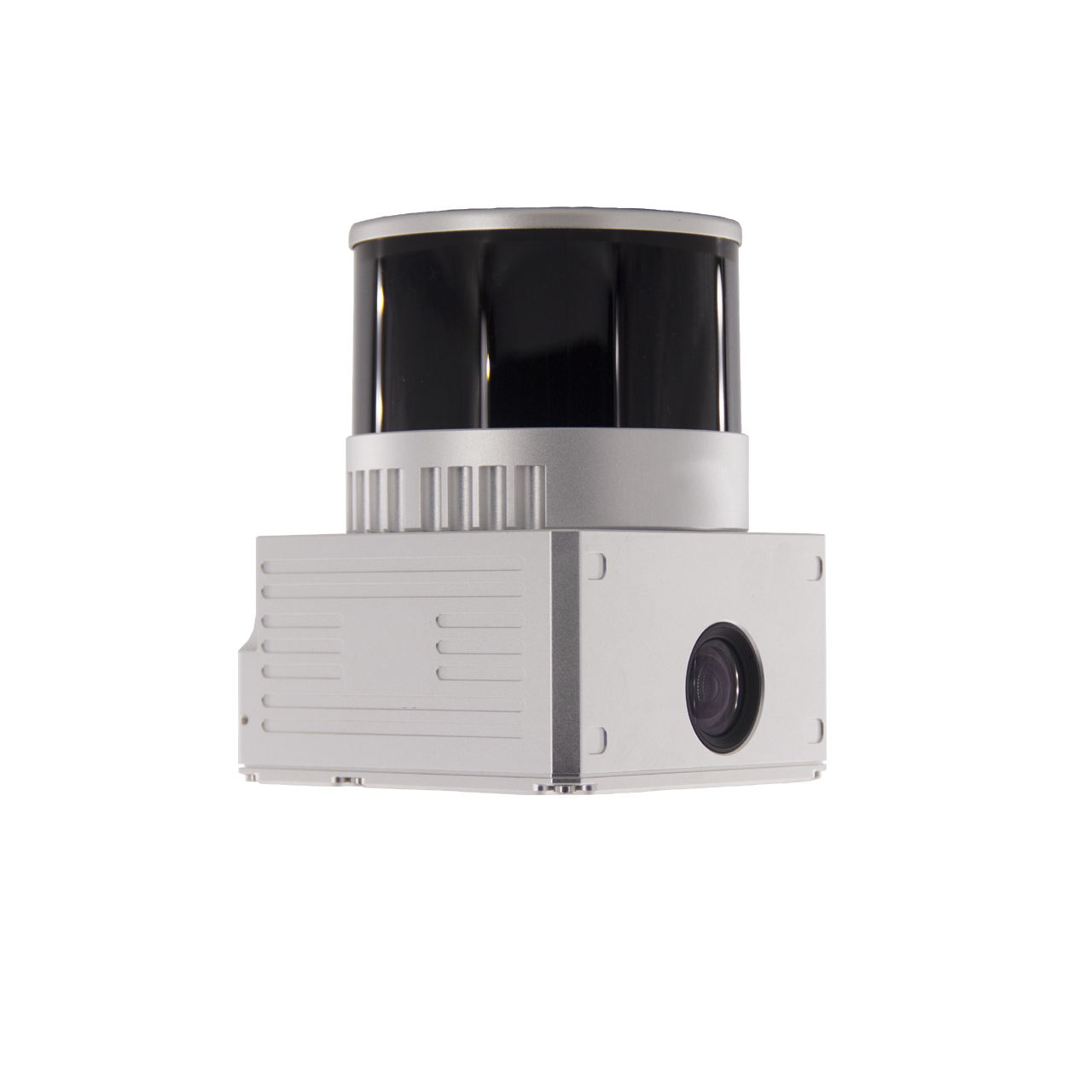What is Draon Lidar point cloud?

The rapid development of UAV lidar technology has brought convenience to work such as power inspection, intelligent forestry ecological monitoring, automatic driving, large-scale 3D reconstruction/cultural relics protection, etc. For lidar, point cloud is a key metric to measure lidar.

What is Lidar Point Cloud Data?
LiDAR point cloud data is a dataset of spatial points scanned by 3D LiDAR equipment. Each point contains 3D coordinate information, which is also the three elements we often call X, Y, and Z. Some It also includes color information, reflection intensity information, echo frequency information, and the like.
What is Lidar Point Cloud Density?
The density of lidar point cloud is an important attribute of airborne lidar point cloud data, which reflects the characteristics and density of the spatial distribution of laser toe-points, and the spatial distribution of laser toe-points directly reflects the spatial distribution state and characteristics of ground objects.

The role of lidar point cloud density
It is generally believed that the effect of lidar point cloud density is similar to the resolution of remote sensing images. The higher the point cloud density, the smaller the target can be detected. The lidar point cloud density involves the entire chain of lidar technology hardware manufacturing, data acquisition, data processing and application, and is a key indicator of lidar technology.
1 Lidar equipment manufacturers often use the ability to obtain higher-density point cloud data to reflect the advanced nature of their new models of equipment; with the development of lidar hardware technology, the density of point clouds is getting higher and higher, which can describe terrain more accurately. The characteristics and laws of ground objects.
2 Lidar data acquisition also takes point cloud density as the main indicator, and sets parameters such as flight height, emission frequency, scanning angle and bandwidth around the density indicator;
3 The point cloud density is often used as an important indicator when evaluating data quality. For example, it is stipulated in the surveying and mapping industry specifications that products with the corresponding scale can only be produced when the corresponding point cloud density is reached. Many lidar data processing algorithms also have requirements for the point cloud density.


